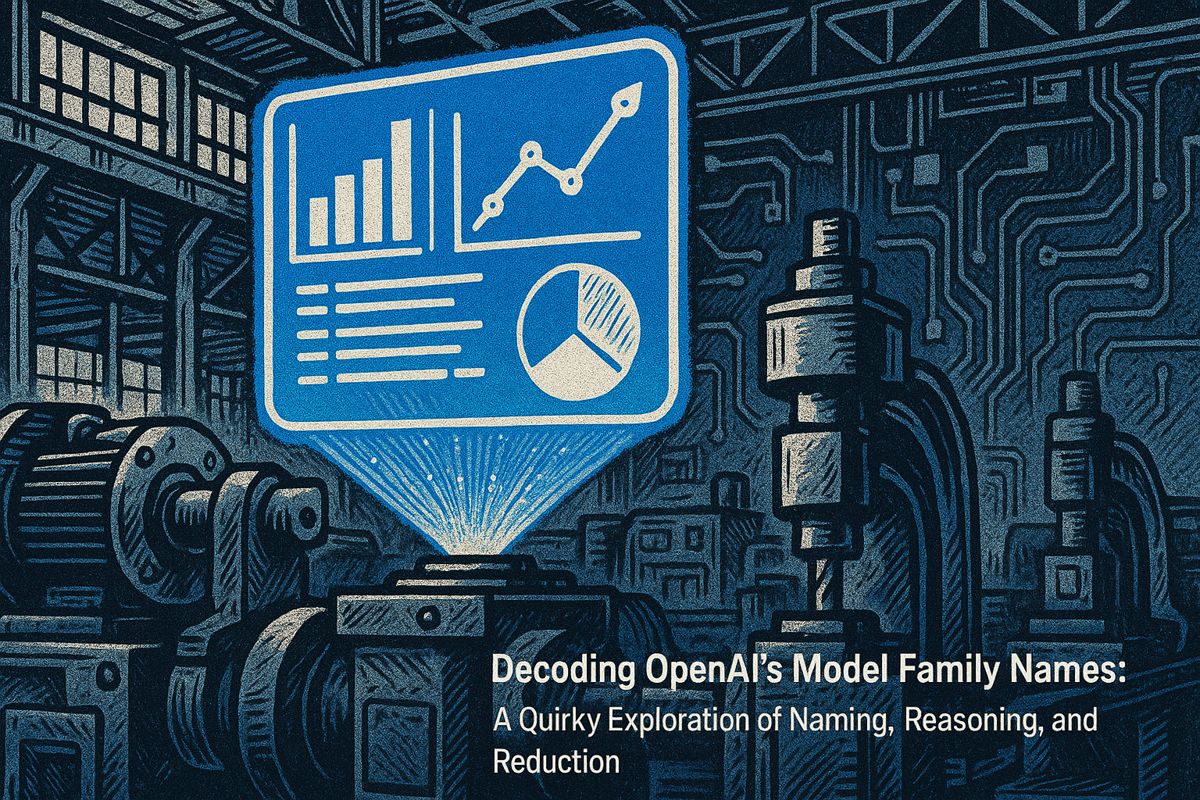A landmark MIT report on generative AI reveals a stark reality: 95% of pilots stall before generating profit, exposing a critical gap between corporate investment and tangible business value. This finding, echoed by a RAND study placing the general AI project failure rate near 80%, confirms that most teams are burning cash on initiatives that never reach production or impact the bottom line.
The disconnect often originates from leaders green-lighting proofs of concept without a clear business metric, a solid data strategy, or a defined path to deployment. As a result, promising projects wither when experimental results fail to translate into real-world operational success.
Key Failure Points: Why Most AI Initiatives Stall
Most AI projects fail due to poorly defined business problems and low-quality data that cannot support production-level models. Without a clear link to a business metric, a reliable data pipeline, and a plan for user adoption, even promising proofs of concept inevitably get stuck in the lab.
An S&P Global study noted that 42% of companies scrapped their AI initiatives, with data pointing to five recurring culprits:
- Unclear Business Objectives: Treating AI as a solution searching for a problem.
- Poor Data Quality: Using fragmented or unreliable data that undermines model performance and trust.
- No Production Path: Lacking MLOps pipelines to move models from notebooks to live environments.
- Weak Governance: Creating compliance and sign-off bottlenecks that delay deployment.
- Zero Adoption Strategy: Building tools that end-users ignore, failing to change workflows.
A Field-Tested Framework for AI Success
- Anchor to Business Value: Before writing any code, connect every AI use case to a specific P&L metric. For Netflix, this means tying recommendations to streaming hours; for Airbnb, it’s linking pricing models to host revenue. This metric becomes the undisputed guide for all experimentation and funding.
- Build a Strong MLOps Foundation: Invest early in MLOps to version data, automate deployments, and monitor model drift. According to the MIT study reported in Fortune, companies that operationalize these steps successfully deploy two-thirds of purchased models, compared to just one-third for internal builds.
- Productize Data and Models: Treat datasets and models as managed products with dedicated owners, roadmaps, and service-level agreements (SLAs). Uber’s Michelangelo platform, which manages thousands of models, exemplifies how this approach enables scale through reusable, reliable components.
- Create Cross-Functional Teams: Embed data scientists with engineers, product owners, and domain experts. Capital One reduced fraudulent transactions by 40% by pairing these roles in a single fraud team governed by shared KPIs.
- Implement Agile Governance: Automate compliance checks and track lineage for every feature and parameter. This satisfies regulatory requirements without stalling development cycles.
From Pilot to Production: Making AI Stick
Transitioning from a successful pilot to full-scale production demands disciplined engineering, not just clever algorithms. Organizations with mature CI/CD pipelines and continuous monitoring achieve up to 25% faster development cycles, as reported by WorkOS. This operational rigor also reduces model retirement by catching data drift before it impacts users.
Case studies underscore this principle. Walmart cut operational costs by 15% by integrating demand forecasts directly into supply chain dashboards. Steward Health improved patient outcomes by automating model retraining with fresh hospital data. In every success story, teams treated AI as an evolving product, not a one-off project.
The takeaway for upcoming budget cycles is clear: fund fewer experiments, but equip each one with a production-grade runway. By focusing on data contracts, automated pipelines, and user adoption, the payoff becomes measurable, resilient, and ready for the next earnings call.
Why do 95% of generative AI pilots stall before they ever hit the P&L?
MIT’s 2025 study shows only 5% of pilots achieve rapid revenue acceleration; the rest never escape the lab.
The chief culprits are weak problem framing (“let’s do something with GenAI”) and data that looks clean in demos but collapses in production.
Fix: write a one-page “problem thesis” signed by both business and tech leads, listing the exact decision the model must improve and the dollar value at stake.
No thesis, no pilot – make it policy.
How big a role does data quality really play?
Informatica puts data defects at 55% of AI setbacks, even when algorithms are state-of-the-art.
Typical gaps: missing labels in finance, inconsistent part codes in manufacturing, free-text clinical notes that never reach the training set.
Quick win: run a 30-day “data scavenger hunt” – cross-functional teams trace one use-case record from source to model, tagging every broken hand-off.
Most teams find three to five blockers per record; fixing those first doubles the odds of reaching production.
Is home-grown tech the problem?
MIT found vendor partnerships succeed 67% of the time, while internal builds succeed only one-third as often.
Reason: vendors bring hardened MLOps pipelines, compliance templates, and vertical data models that have already survived someone else’s failure cycle.
Rule of thumb in 2025: buy the platform, build the differentiation – customize only the last mile that mirrors your unique workflow.
What does “cross-functional ownership” look like day-to-day?
Winning teams embed a product owner with P&L authority inside the AI squad.
Shared OKRs: business metric (e.g., 15% faster fraud-resolution), data metric (98% pipeline uptime), and model metric (<0.5% drift per week).
Daily stand-up includes legal, cyber, and customer-support reps so governance, privacy, and user feedback are handled in sprint, not after launch.
Which early signals tell you to kill or pivot a pilot?
“Model accuracy plateaued at 92% but underwrites only 8% of loans” – classic impact gap.
Set two non-negotiable gates:
1) Within 60 days the pilot must process >5% of real transactions;
2) Feature usage skew <20% across customer segments (no hidden bias).
Miss either gate and the project moves to “review for pivot or sunset”; resources are freed for higher-value queues.



















